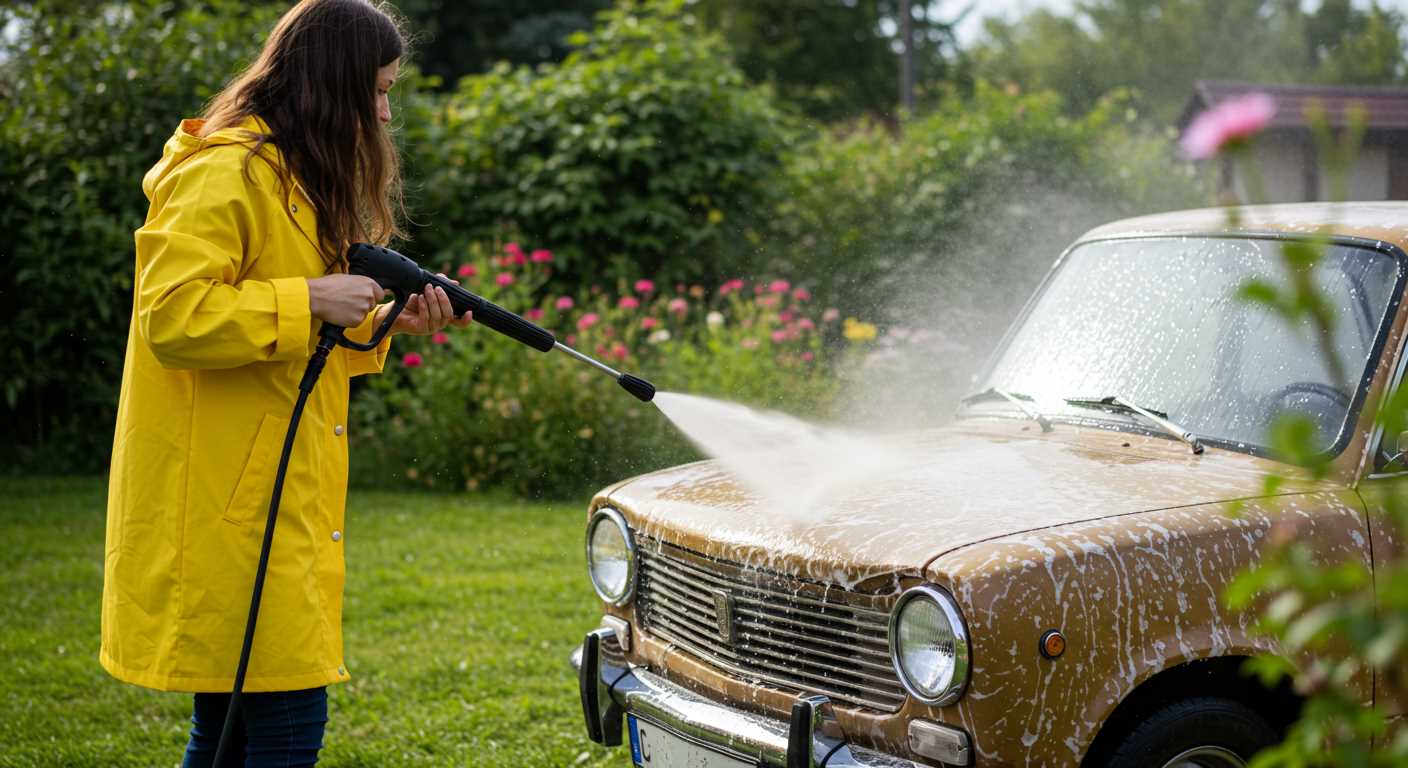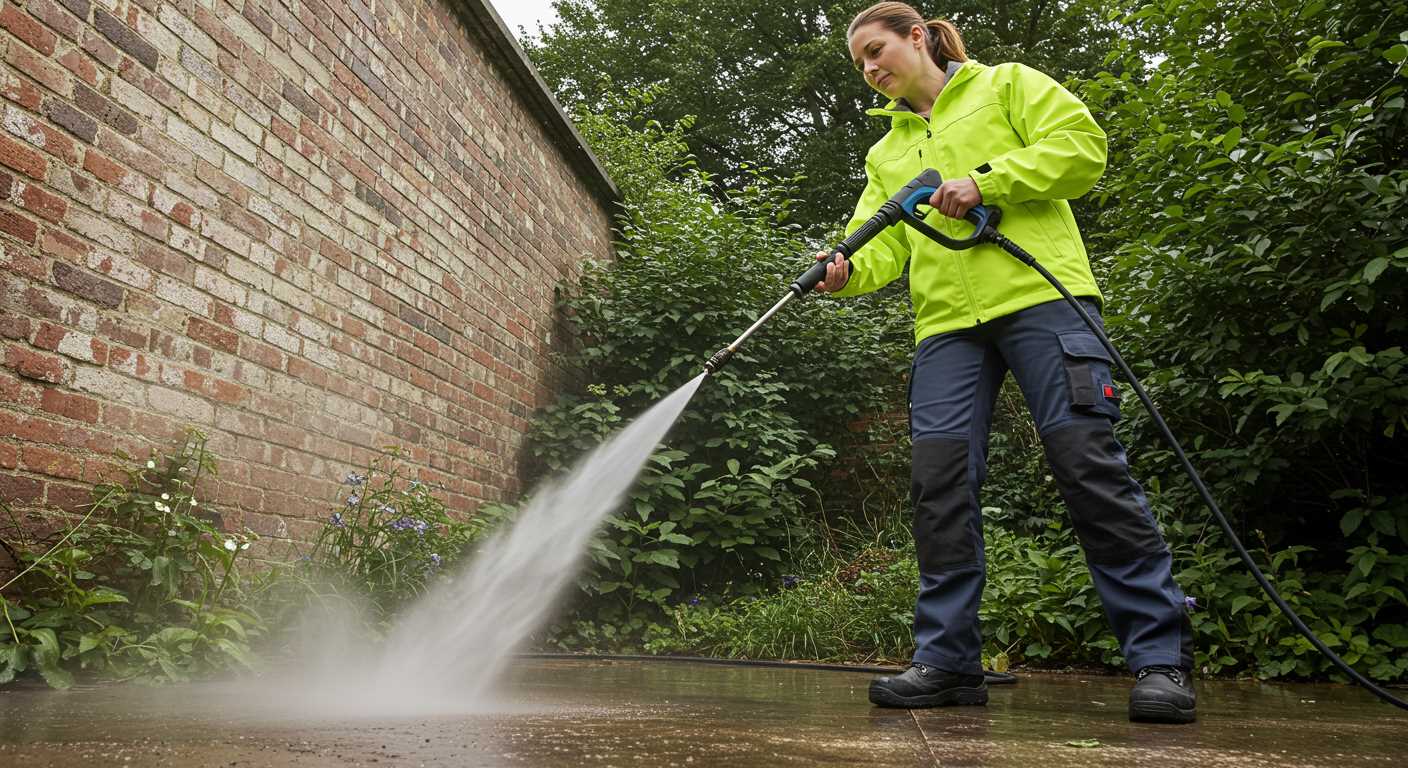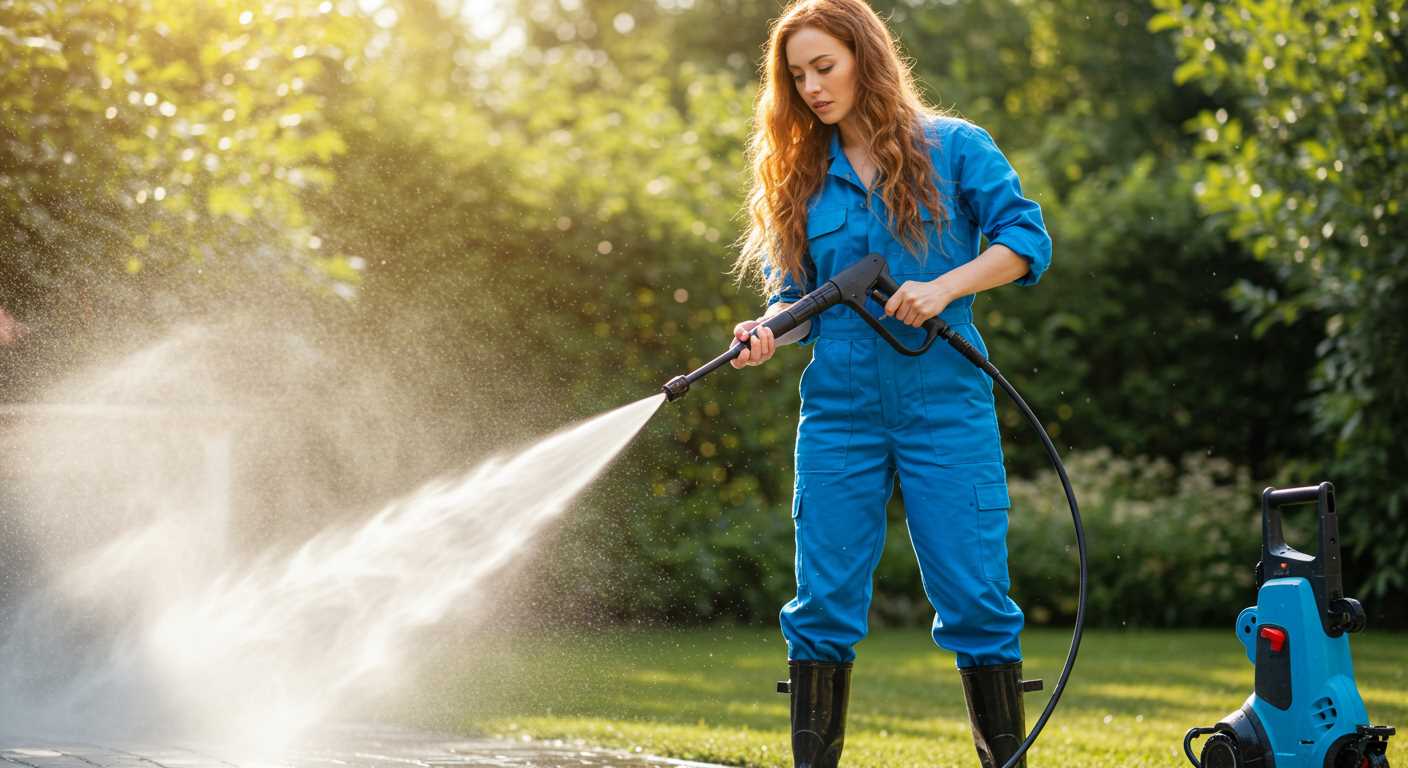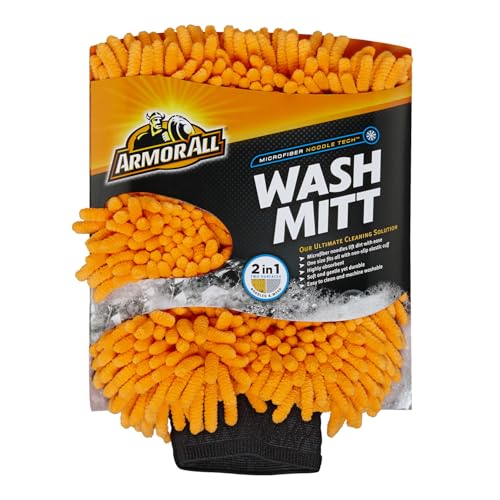



For most household tasks, a reading between 1300 to 2000 PSI will suffice. This range efficiently tackles grime on outdoor surfaces like patios, decks, and vehicles without risking damage to delicate materials.
In commercial applications, particularly for more stubborn stains or heavy-duty scenarios, consider equipment that reaches 3000 PSI or above. This level is excellent for cleaning driveways, industrial machinery, or for preparing surfaces for painting.
While assessing requirements, also factor in the flow rate, measured in gallons per minute (GPM), as it impacts the overall cleaning power. A combination of adequate PSI and GPM ensures thorough removal of dirt, making every job more manageable.
For specialised tasks, like graffiti removal or restoration work, additional equipment attachments may enhance performance. Always align the specifications of any cleaning tool to the specific surface and type of debris you’re addressing.
Understanding PSI Ratings and their Importance
.jpg)
A cleaning device’s efficiency directly correlates to its PSI rating. A recommendation of at least 1300 PSI suffices for basic home tasks, such as washing vehicles and patio furniture. For more stubborn grime, like oil stains on concrete, consider a unit that delivers 3000 PSI or more.
The PSI, or Pounds per Square Inch, signifies the force of water released from the nozzle. This measurement impacts the tool’s capability to eliminate dirt and stains. For those engaged in lighter cleaning, pressure units below 2000 are adequate. Conversely, professionals or those tackling industrious tasks should aim for ratings exceeding 2500 PSI.
Choosing equipment with adjustable PSI settings enhances versatility. This feature allows switching between tasks, accommodating delicate surfaces and tough jobs without damaging materials. Regular maintenance ensures consistent performance, with attention to nozzle cleanliness and detergent compatibility contributing to longevity and effectiveness.
For specific materials, pay attention to recommended PSI ranges. Wooden decks may benefit from 1200-1500 PSI, while brick or concrete generally withstand greater forces, upwards of 3000 PSI. Always assess the surface and select the appropriate device to avoid potential damage.
Investing in a model with a higher PSI capacity may be beneficial. This allows for future tasks without needing to upgrade equipment. Understanding the implications of PSI ratings facilitates informed decisions, maximising the efficacy of every cleaning endeavour.
Choosing the Right Pressure for Different Surfaces
For delicate areas like vehicles and outdoor furnishings, settings between 1200 to 1900 PSI deliver optimal results without causing damage. Use a wide spray nozzle to further protect surfaces while ensuring thorough cleaning.
Hard Surfaces
For driveways, patios, and decks, a range of 2000 to 3000 PSI is advisable. This level effectively removes stubborn grime and stains. Utilize a narrower nozzle to concentrate the force where needed, particularly for embedded dirt.
Industrial-Strength Cleaning
Concrete surfaces and heavy machinery may require up to 4000 PSI. This high intensity handles tough jobs, such as graffiti removal or stripping paint. Always test a small section first to avoid unwanted damage.
Determining Required Levels for Specific Tasks
To clean vehicles effectively, aim for 1300 to 1900 PSI. This range safely removes dirt without damaging paint. For tougher jobs like removing oil stains or grease from driveways, levels between 2500 and 3000 PSI are recommended. This ensures thorough cleaning while maintaining surface integrity.
Wood surfaces necessitate more caution. For decks and fences, a setting of 1200 to 1500 PSI is generally effective, preventing splintering. However, when dealing with more resilient materials, such as concrete, consider using 3000 PSI or more to eliminate embedded dirt and stains.
For delicate tasks like washing windows, select equipment providing around 1000 to 1200 PSI. This gentle approach protects glass from potential damage. Similarly, outdoor furniture can often be cleaned with lower settings, around 1300 to 1600 PSI, ensuring a clean surface without risking damage.
When targeting patios or paved areas, a PSI rating of 2000 to 2500 is sufficient. This balances efficacy in removing grime while preserving surface textures. Always maintain a safe distance to avoid etching or wear.
Lastly, remember to adjust nozzle types for varying applications. Wide spray patterns work well for larger areas, while narrow spray focuses energy for tougher spots. Each task may require a unique combination of pressure and technique for optimal results.
Comparing Electric vs. Gas Pressure Washers Pressure Needs
For optimal cleaning results, understanding the characteristics of electric and gas models is vital. Generally, electric options offer a PSI range between 1300 and 2000, suitable for light to medium tasks around the home. Gas-powered variants typically deliver between 2500 and 4000 PSI, excelling in heavy-duty jobs.
Performance Overview
- Electric: Excellent for residential use, quiet operation, and lower maintenance. Recommended for tasks like cleaning patios, cars, and outdoor furniture.
- Gas: Superior portability and power, making them ideal for larger areas and stubborn stains. Best suited for driveways, decks, and professional-grade applications.
Considerations for Choosing

- Job type: Evaluate the intensity of the task to decide between the two types.
- Frequency of use: For regular chores, electric models suffice; for heavy-duty needs, consider gas units.
- Budget: Electric washers are generally more affordable, while gas models can be more of an investment.
In my experience, having tested various machines, selecting the right unit involves balancing power requirements with the specific cleaning tasks at hand. Each kind has distinct advantages based on personal needs and usage frequency.
Safety Considerations for High-Pressure Cleaning
Always wear safety goggles and sturdy footwear when operating a power cleaner. Protective eyewear shields your eyes from debris and chemicals that can be projected with significant force.
Utilise gloves designed specifically for handling cleaning agents. This helps mitigate the risk of skin irritation or chemical burns during use.
Secure the Area
Ensure the cleaning site is clear of people, pets, and obstacles. Establish a safe perimeter to prevent accidents caused by slipping on wet surfaces or being struck by flying debris.
Before starting, inspect hoses and nozzles for damage. Replace any worn components to eliminate the risk of leaks or bursts during operation.
Proper Handling Techniques

Maintain a firm grip on the nozzle to prevent it from slipping and causing injuries. Keep the lance pointed away from yourself and others, and avoid overshooting while aiming the spray.
Never point the spray wand at people or animals, regardless of the pressure setting. Understand that the force created can result in severe injuries.
Lastly, be mindful of electrical safety if using an electric unit. Ensure the power source is grounded and free from moisture to prevent electrical hazards.
Common Mistakes When Using Pressure Washers

Overlooking the correct nozzle can lead to ineffective cleaning or surface damage. Always choose the right attachment based on the task at hand.
- Ignoring Surface Compatibility: One of the biggest errors is applying a high intensity on delicate materials. Wood, for instance, requires lower settings to avoid splintering.
- Neglecting Safety Gear: Failing to wear protective eyewear and gloves exposes oneself to risks from debris and chemical agents used in cleaning solutions.
- Using the Wrong Distance: Standing too close can cause harm. Maintain a safe distance of at least 12 to 24 inches from the surface.
- Not Maintaining Equipment: Regular checks on hoses, pumps, and nozzles can prevent breakdowns. Clean filters and check for obstructions before each use.
Incorrectly mixing cleaning solutions can not only damage surfaces but also harm the environment. Always follow manufacturer instructions.
- Delayed Cleaning: Waiting too long to clean surfaces allows dirt to build up, making the task more difficult and potentially requiring higher settings that may cause damage.
- Forgetting to Pre-Wet: Starting without wetting the area first can lead to poor performance. Pre-wetting helps the detergent to work effectively.
Neglecting to follow the proper technique can affect results dramatically. Utilize a back-and-forth motion rather than a steady stream on one spot.
Storing equipment without winterisation can lead to damage from freezing temperatures. Ensure all systems are drained before storage.
Maintaining Optimal Pressure for Long-Term Use
For longevity and consistent performance, it’s essential to service the equipment regularly. Regular maintenance, including checking seals, hoses, and attachments, helps sustain output levels and prevents drops that could impact cleaning efficacy.
Key Maintenance Practices
1. Clean Filters: Routinely inspect and clean filters to ensure unrestricted water flow. Dirty filters can lead to decreased performance.
2. Inspect Hoses: Look for cracks or wear. Replace damaged hoses to prevent leaks that can reduce water delivery.
3. Regularly Clean Nozzles: Nozzles can clog; cleaning them ensures consistent spray patterns and prevents pressure drops.
4. Use the Correct Detergents: Always apply soaps or detergents recommended for specific machines, as incorrect use can affect internal components.
Recommended Schedules

| Maintenance Task | Frequency |
|---|---|
| Check oil levels (gas models) | Every 10 hours of operation |
| Inspect and clean filters | Weekly |
| Replace nozzles if worn | As needed |
| Store in a dry place | After each use |
Implementing these strategies will ensure that the machine operates effectively over time, maintaining optimal functionality and reducing the likelihood of needing replacements or extensive repairs in the future.









